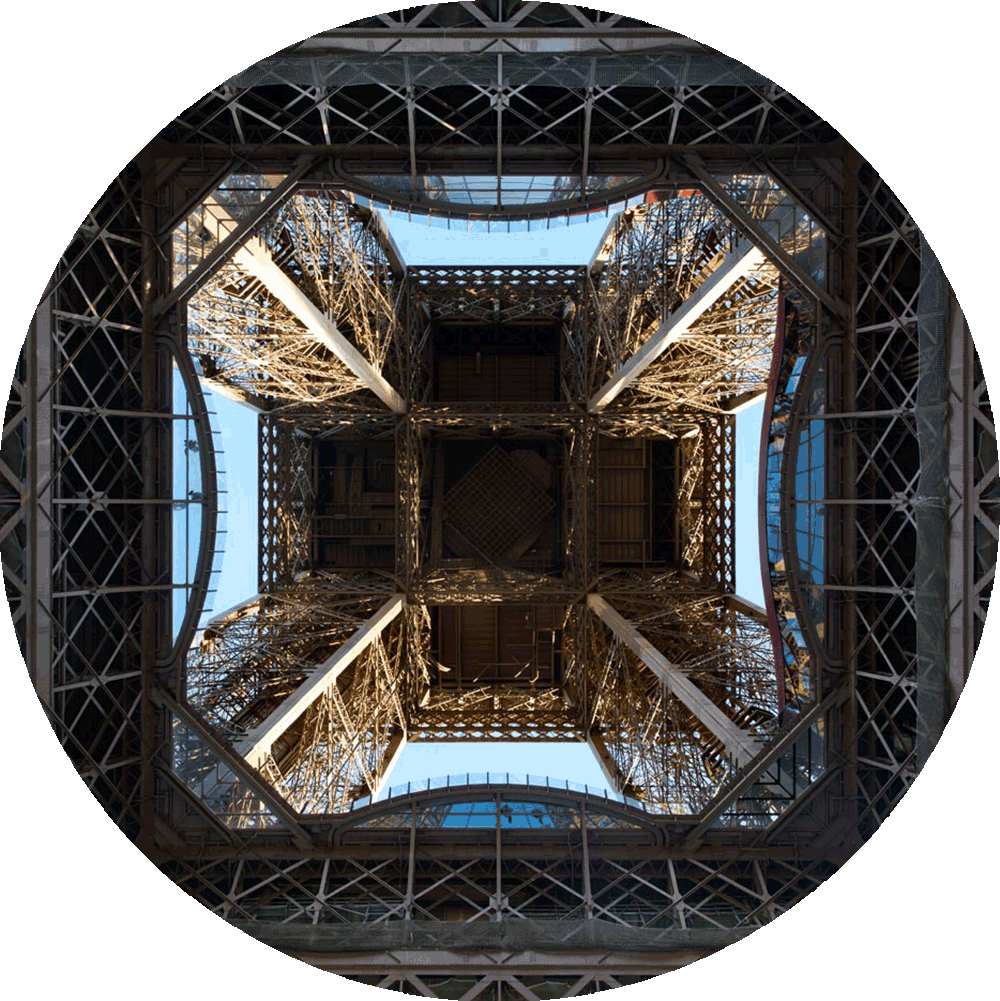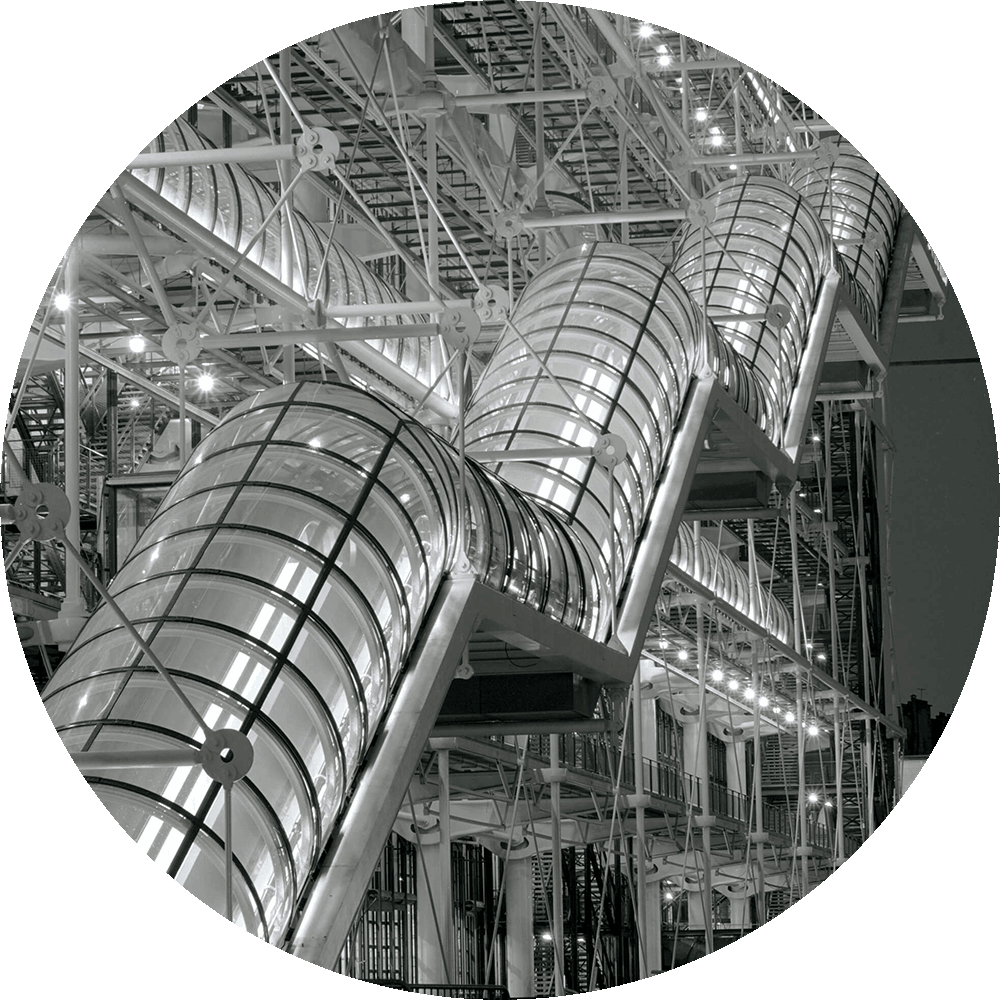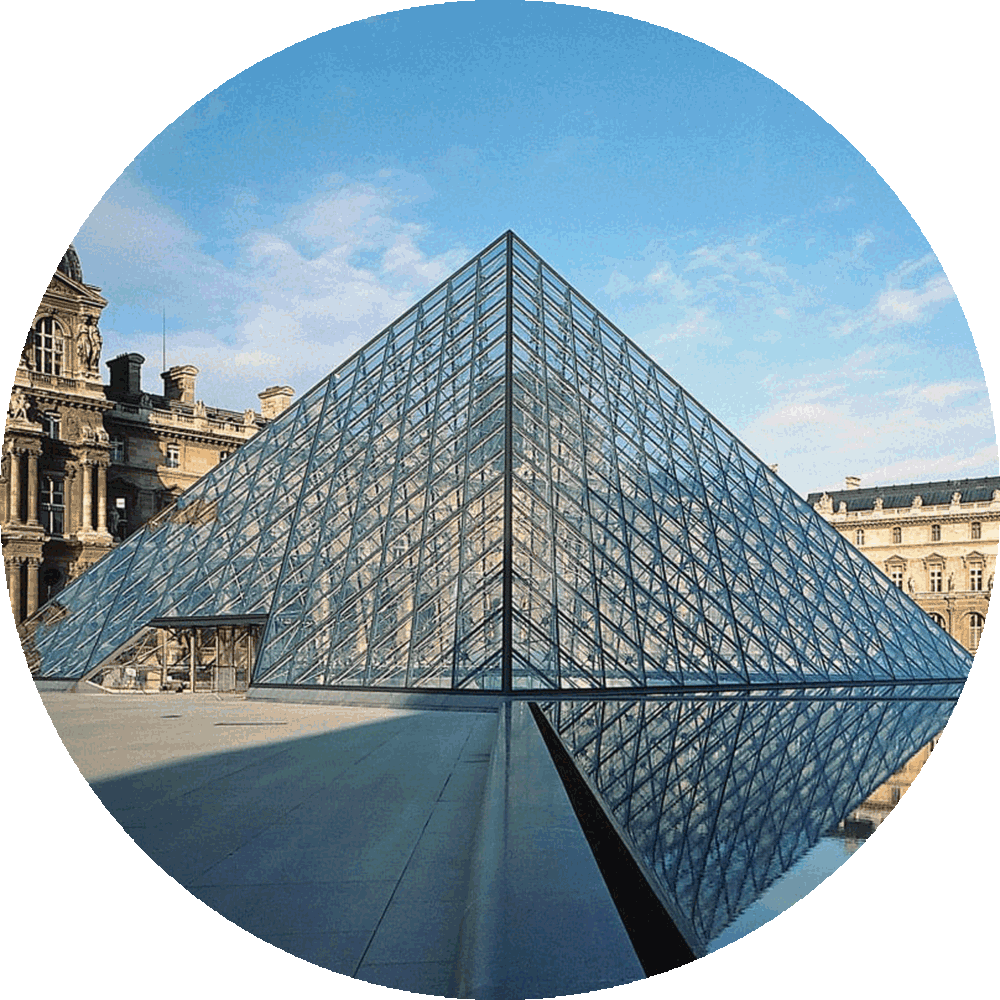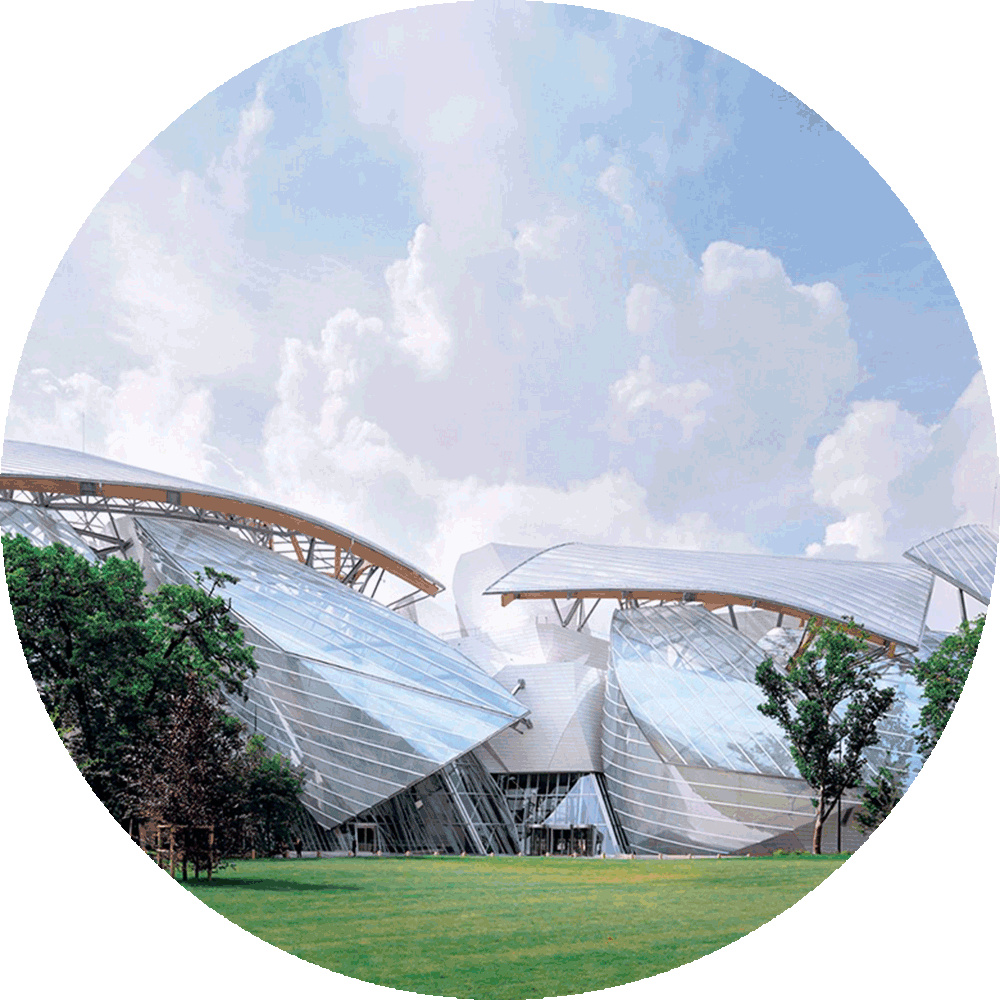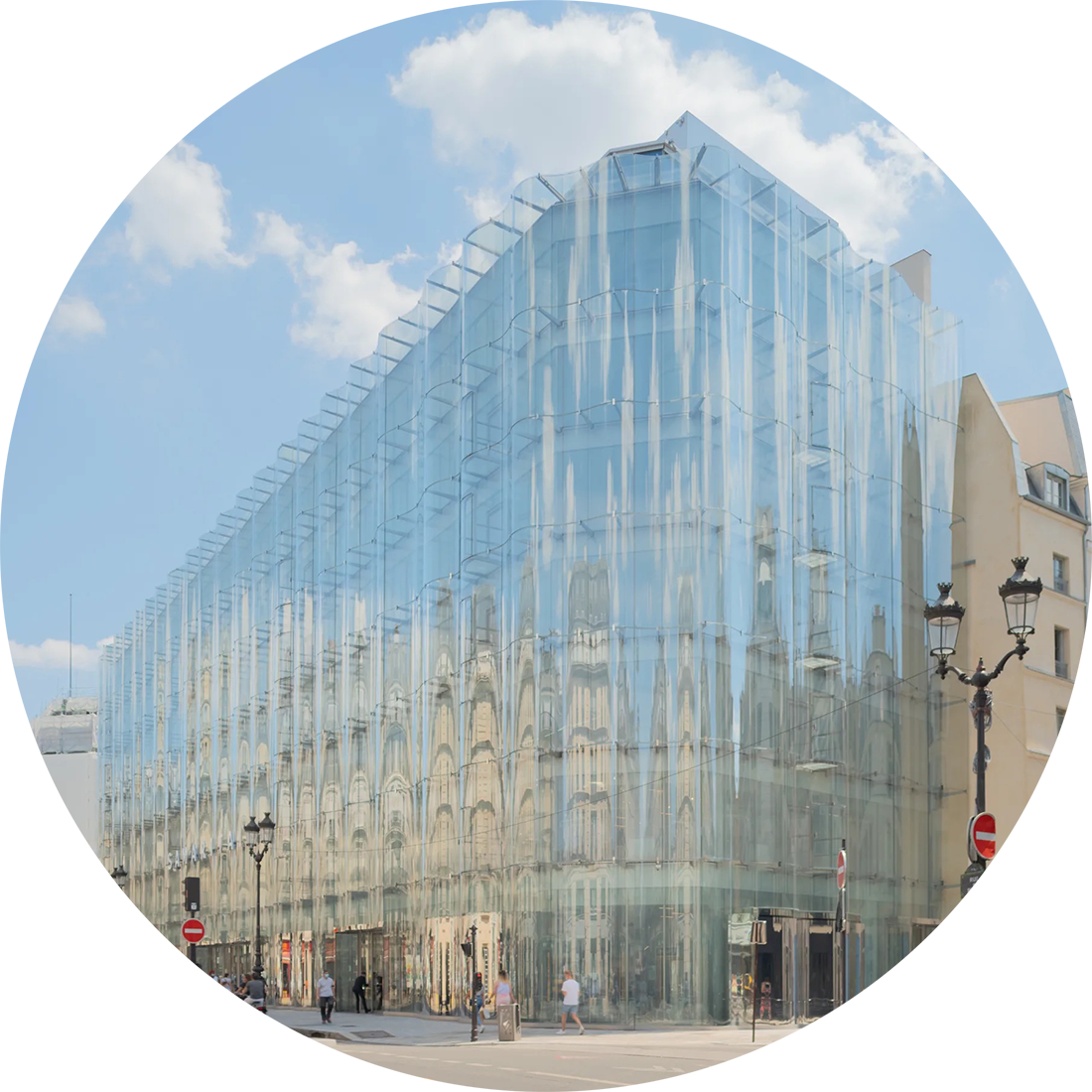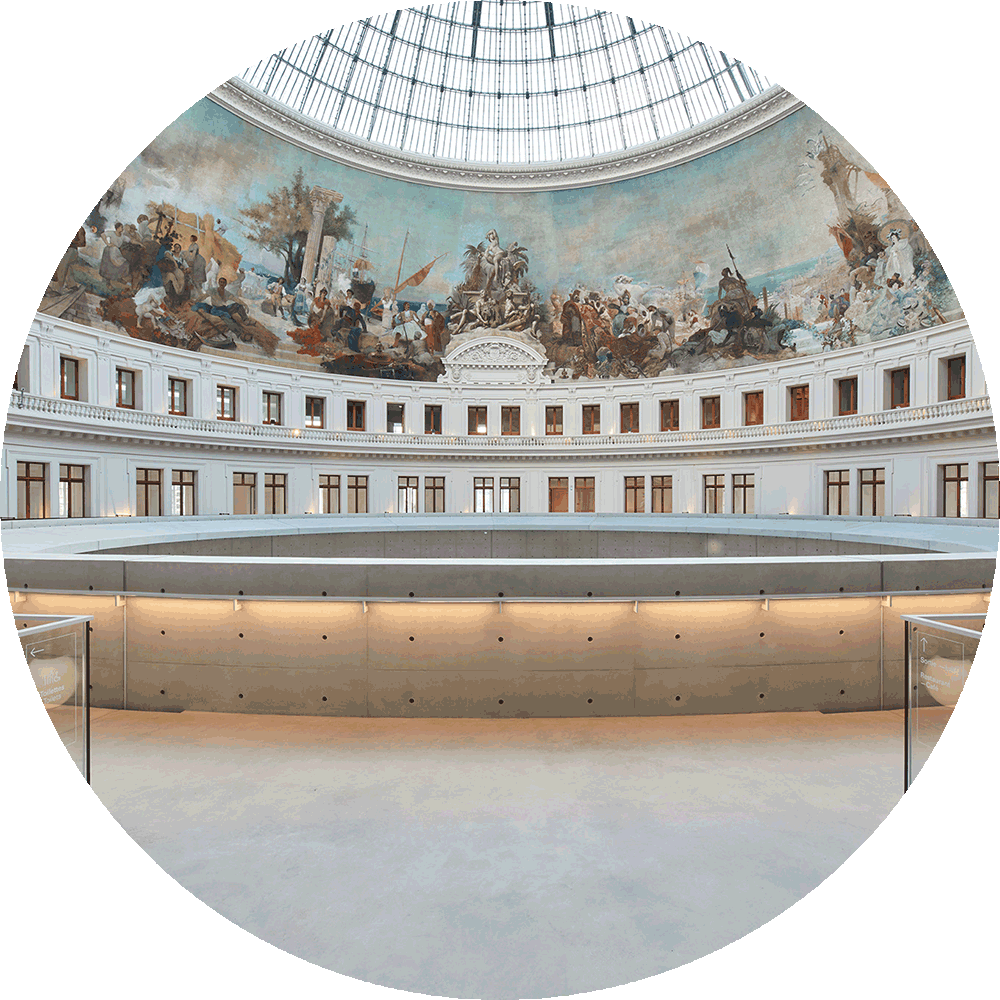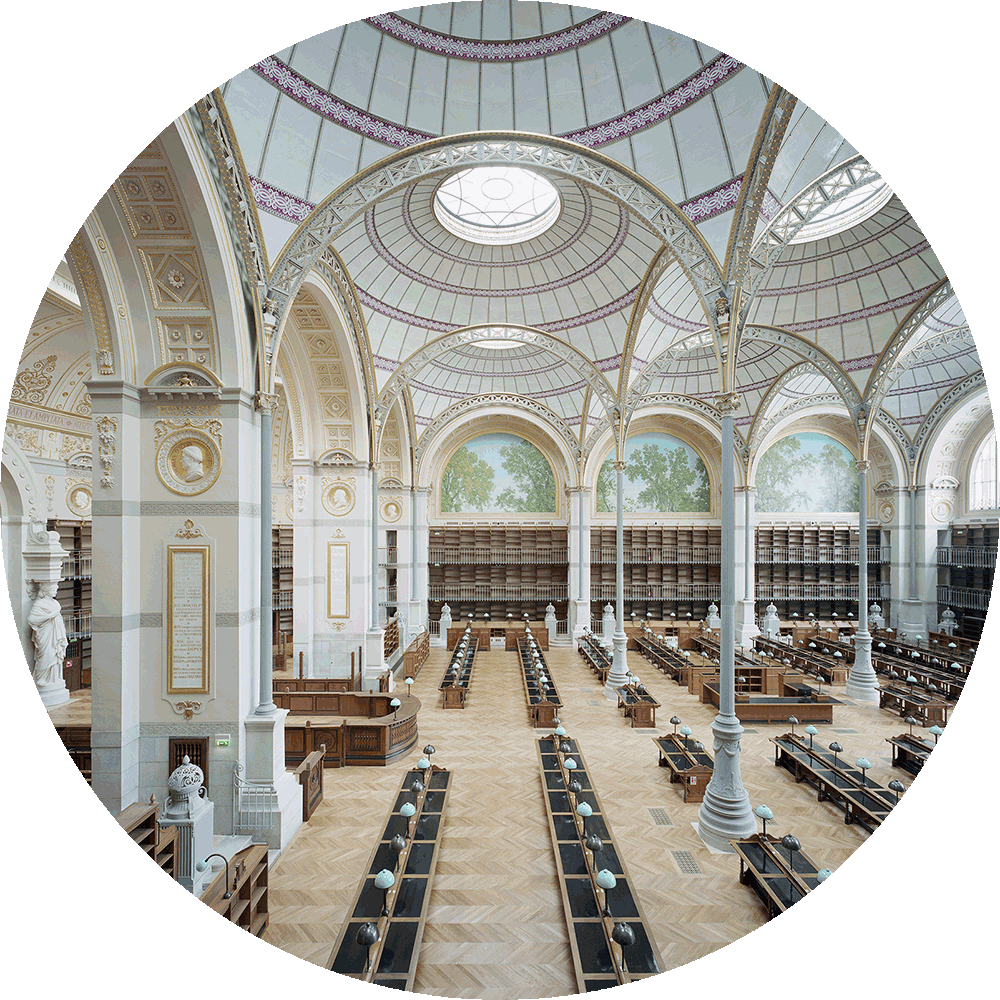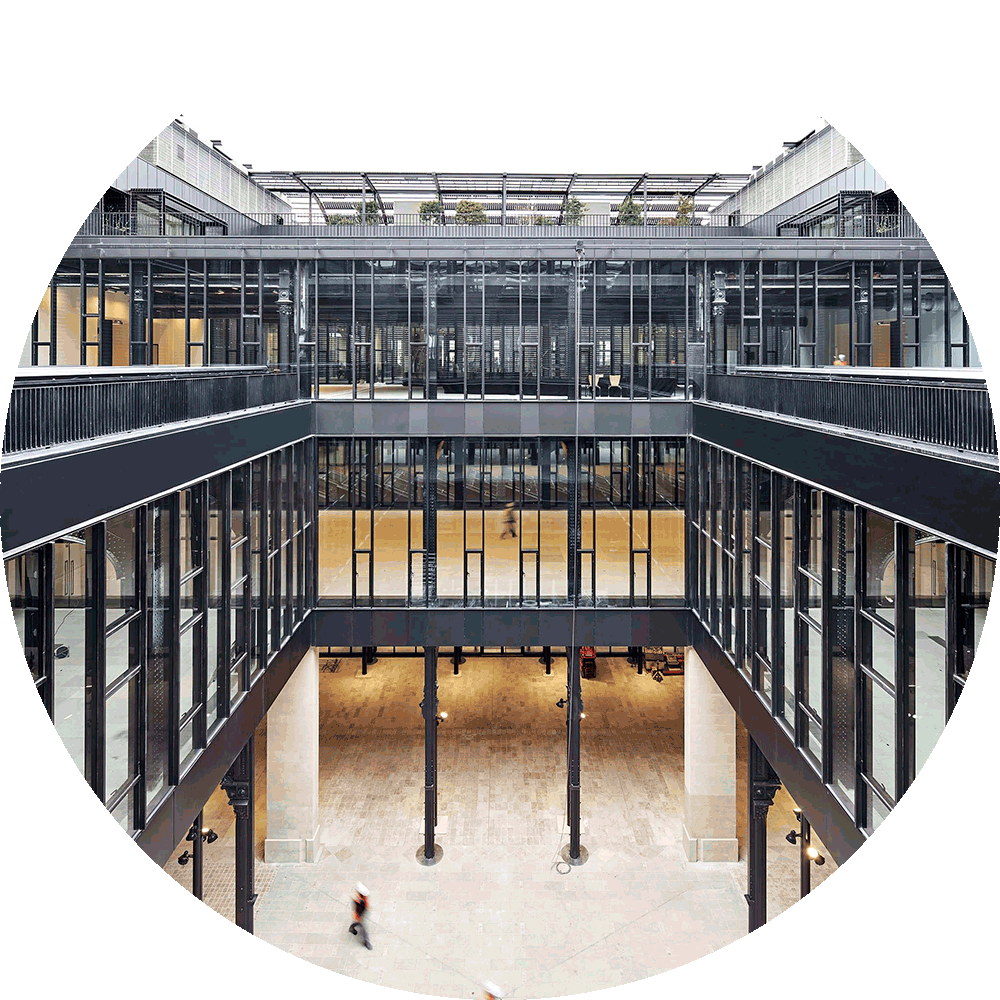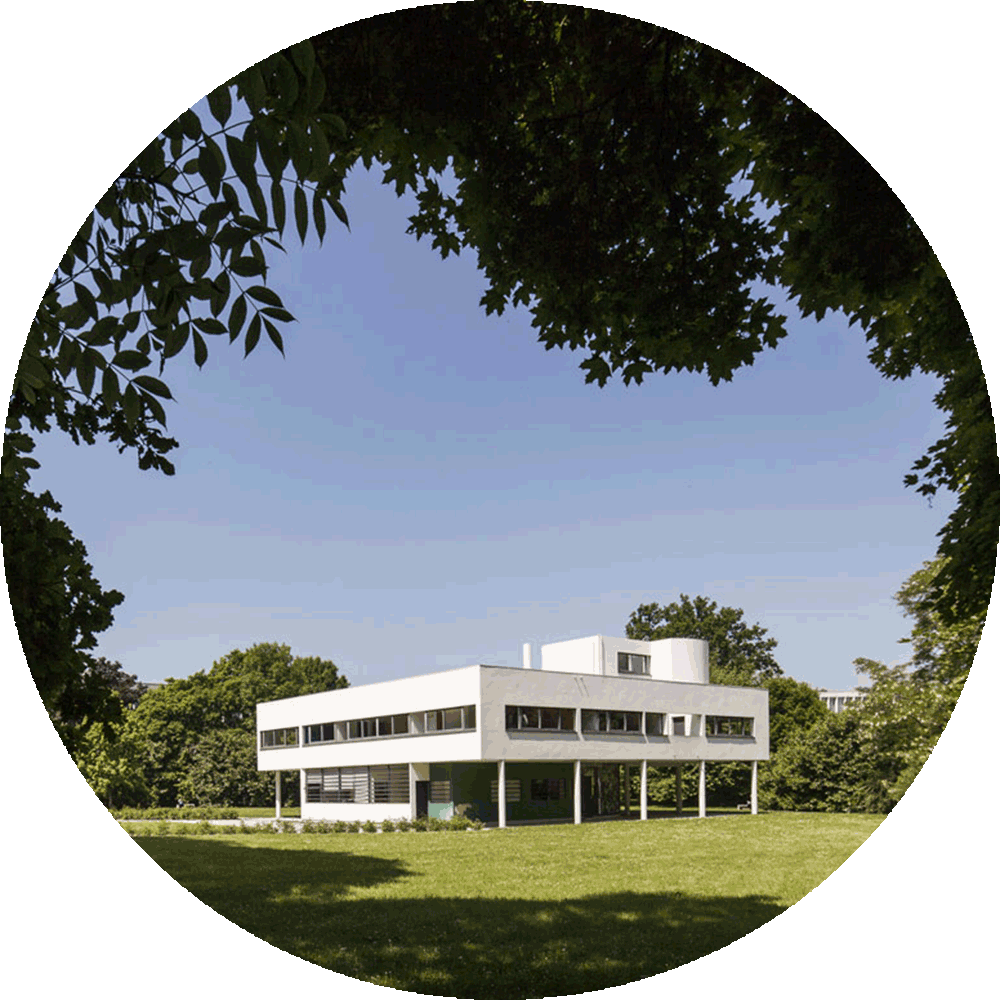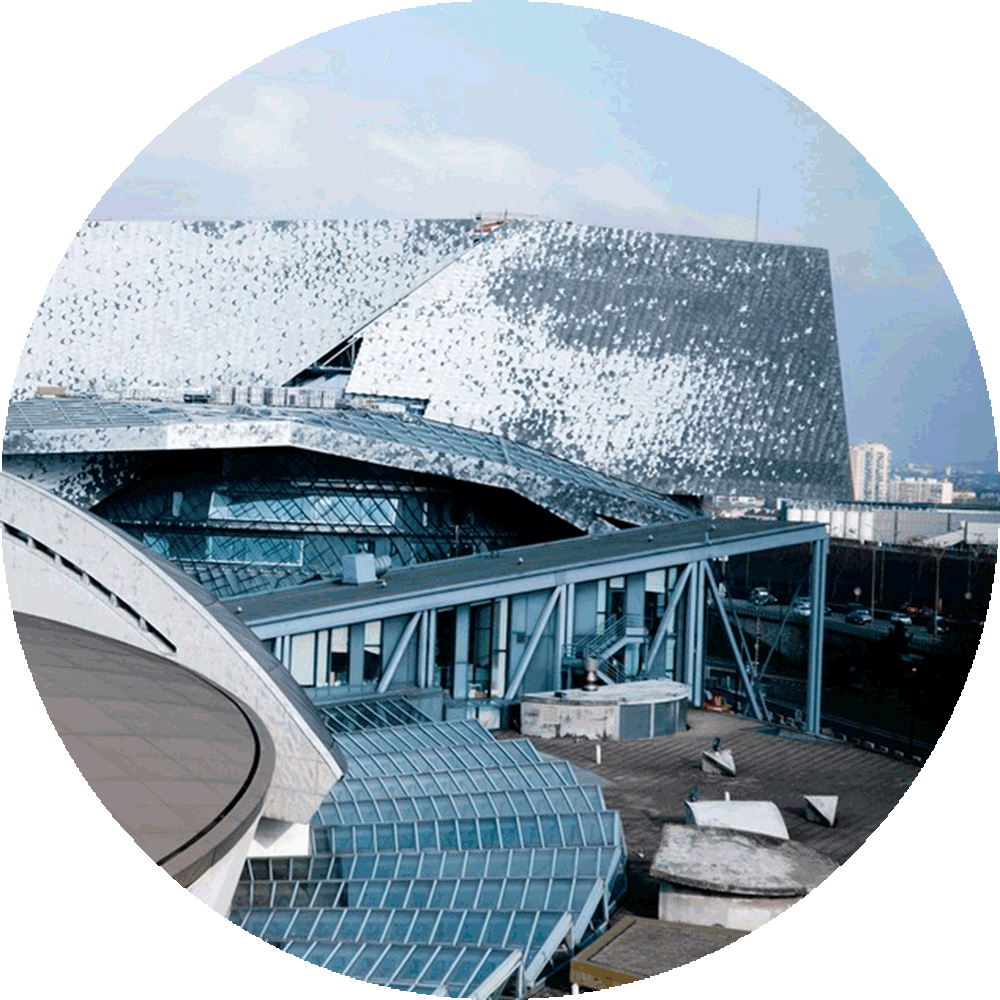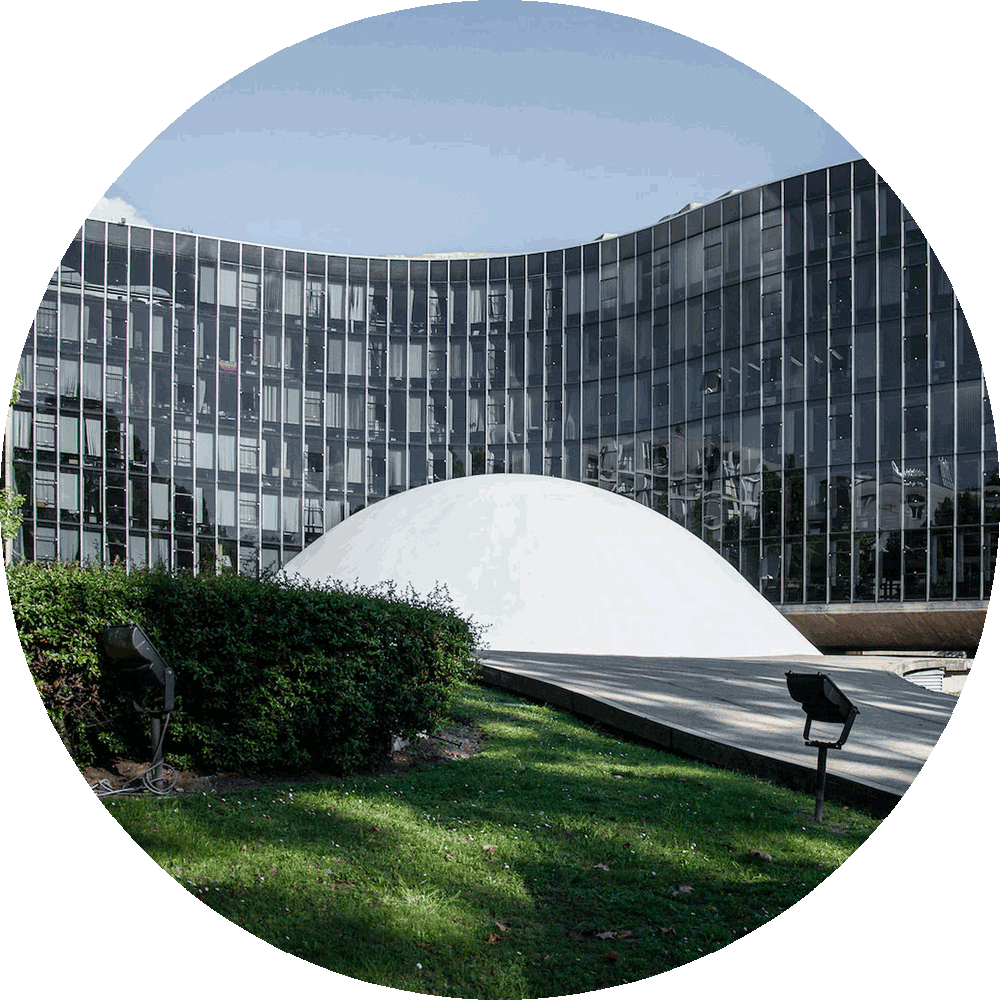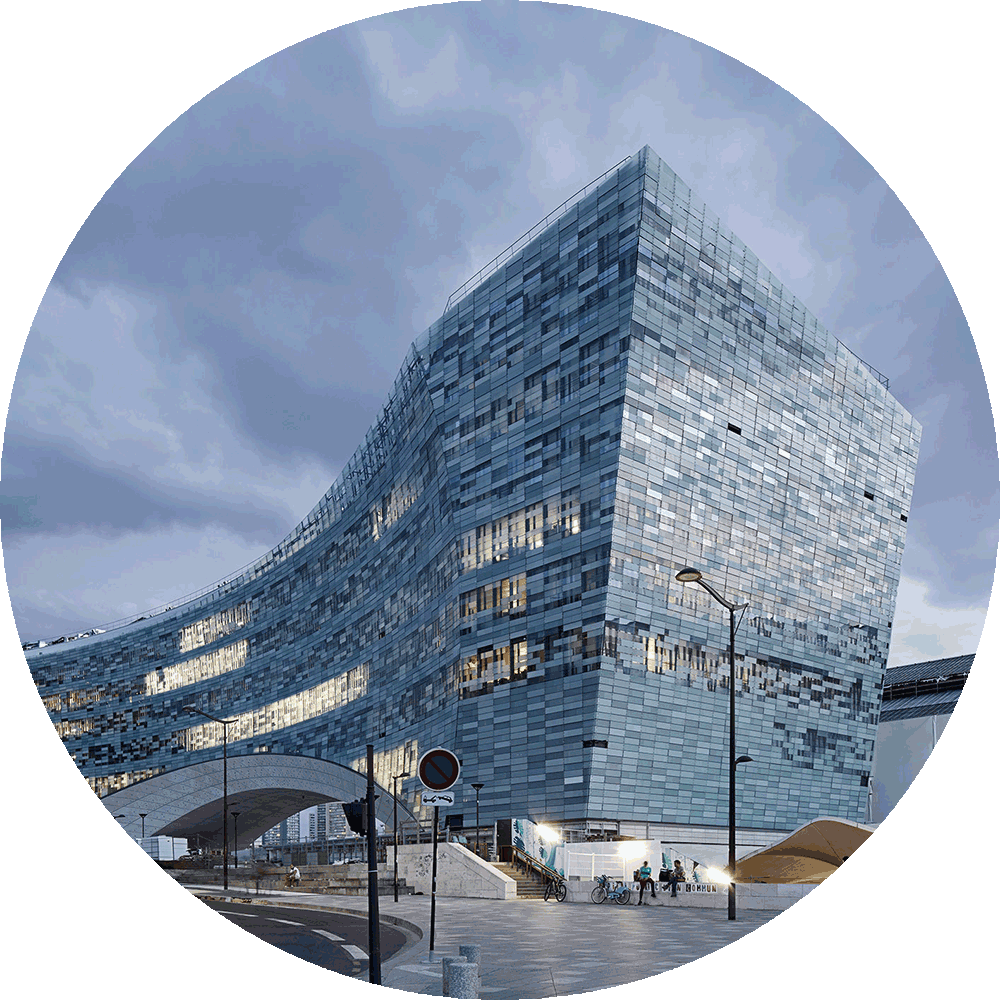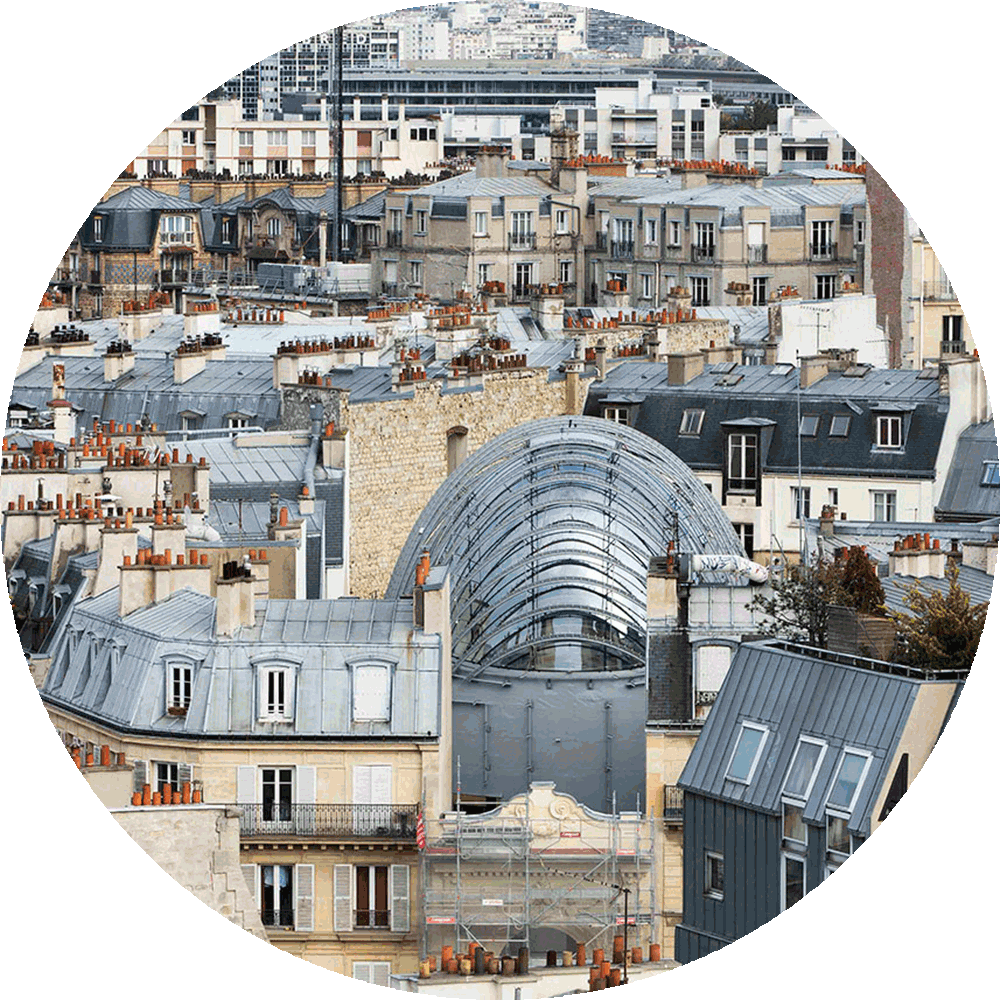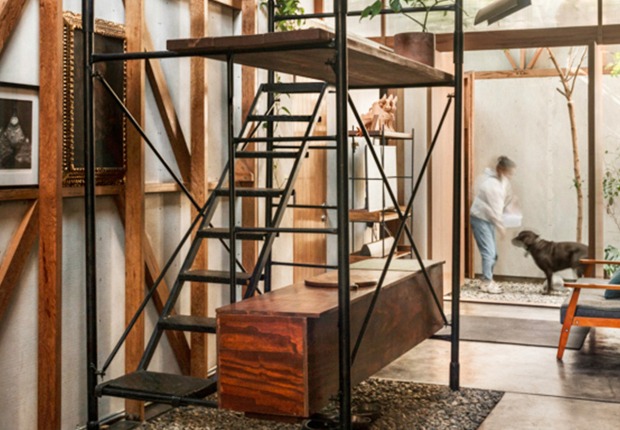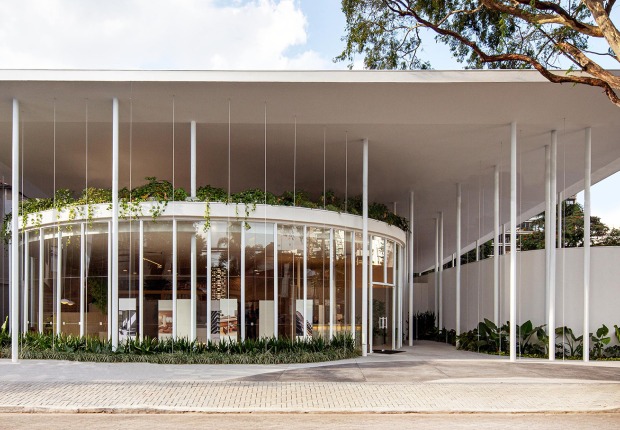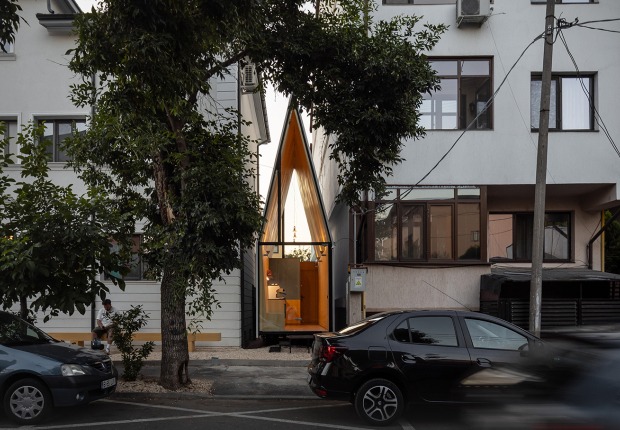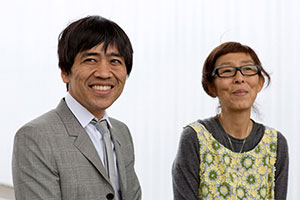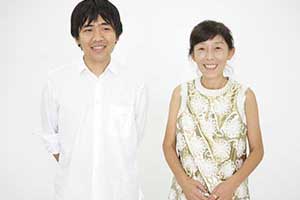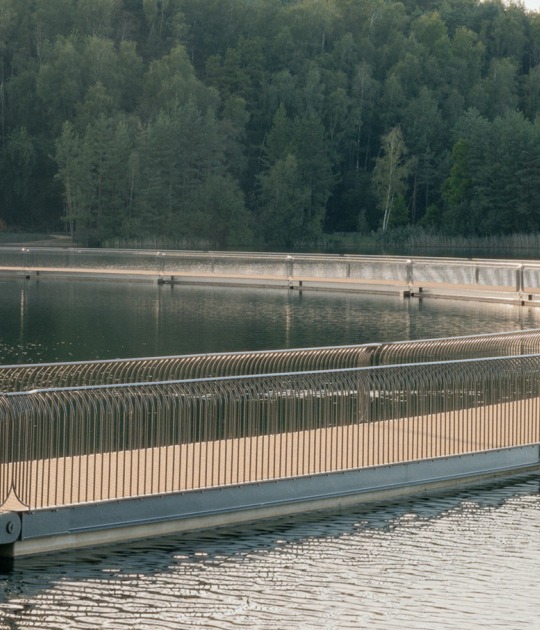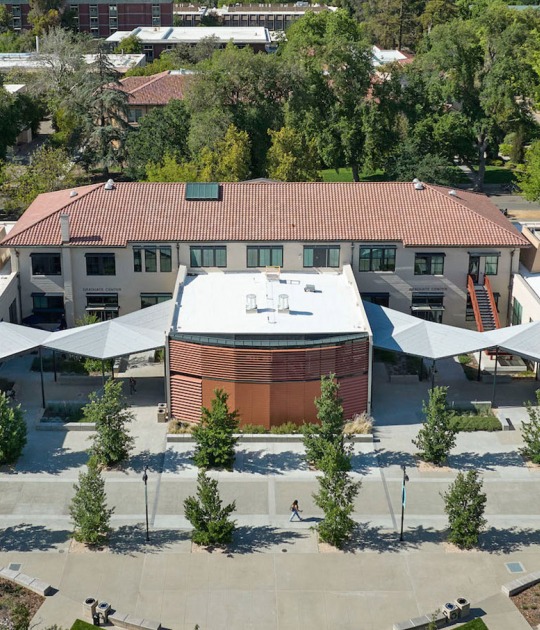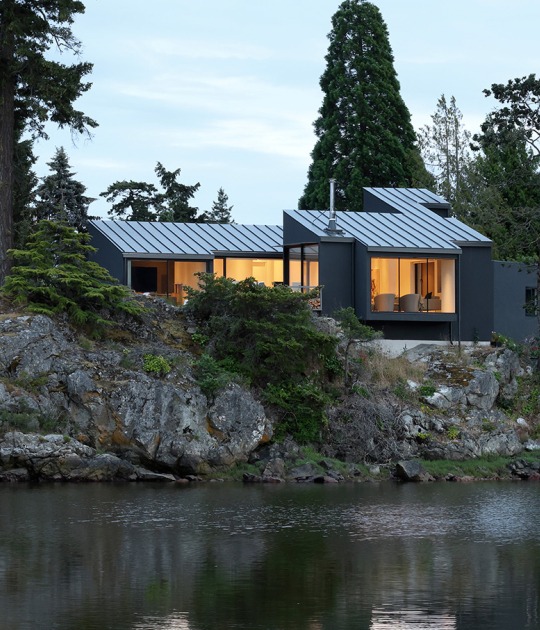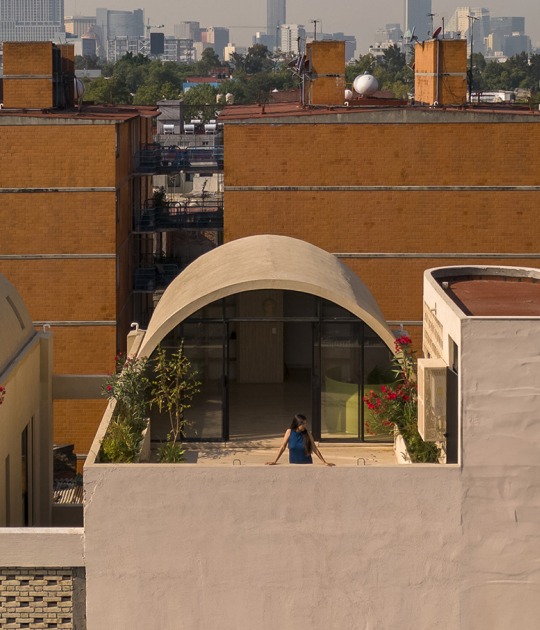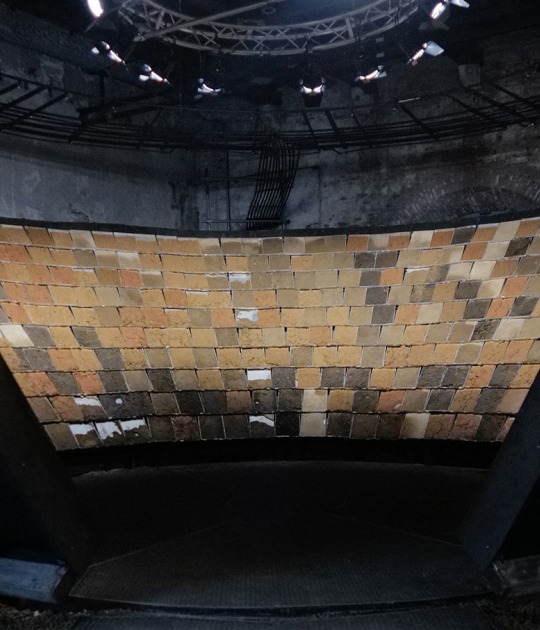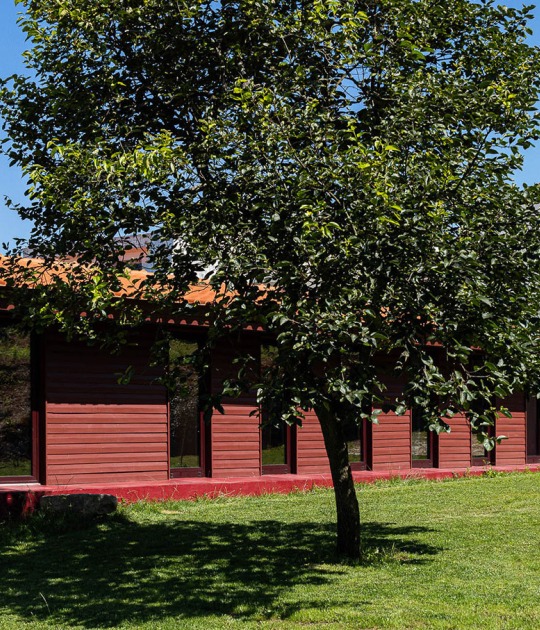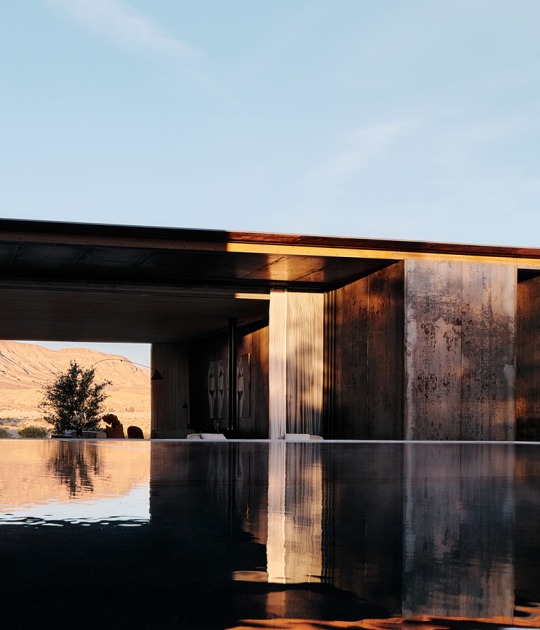1. Notre Dame Cathedral

The Cathedral of Our Lady (in French, Cathédrale Notre-Dame), is located on the small island of la Cité, surrounded by the waters of the River Seine. It is one of the most popular monuments in the French capital, visited by 30,000 people a day.
It is one of the most important buildings built in the Gothic style (on the one hand, reminiscent of the Norman Romanesque, with its strong and compact unit, on the other hand, the already innovative use of the architectural evolutions of the Gothic), whose construction began in the year 1163 and ending in 1345, although the main structure had been completed by 1260.
Champ de Mars, 5 Avenue Anatole France, 75007 Paris, France.
The project of a 300-meter tower was born on the occasion of the preparation of the Universal Exhibition of 1889. The bet was "to study the possibility of building an iron tower on the Field of Mars, with a square base, with 125 meters of side. and 300 meters high ". Selected among 107 projects, Gustave Eiffel, businessman, Maurice Koechlin, and Emile Nouguier, engineers, and Stephen Sauvestre, an architect, were accepted.
The two main engineers of the Eiffel company, Émile Nouguier, and Maurice Koechlin, in June 1884 had the idea of a very tall tower, designed as a large pillar with 4 columns separated at the base as legs that were joined at the top. , joined together by metal beams arranged at regular intervals.
Place Georges-Pompidou, 75004 Paris, France.
The Centre national d’art et de culture Georges-Pompidou (Centre Pompidou) - is a vast multidisciplinary structure, a culture factory that preserves and exhibits important modern art collections.
The project was conceived in 1969 by then French President, Georges Pompidou. An international competition was launched by the French Ministry of Culture in 1971, which Renzo Piano and Richard Rogers entered and won.
The project of the Great Louvre in Paris by I.M. Pei didn't get a warm welcome, coming to be called a modern insult for its historic location. For this reason, the proposal for a 21.6-meter-high stainless steel and glass pyramid received a hostile reception.
At this time, the work carried out by I.M. Pei directly rivals the Eiffel Tower as one of France's most recognized architectural icons. Arising from the objective of modernizing the Louvre, proposed by President François Mitterrand, in the early eighties, the Pyramid of Pei is the piece that launched the palace complex 800 years into the modern era.
This building Louis Vuitton Foundation, located in Paris, in the Bois de Boulogne and next to the Jardin d'Acclimatation / Jardin d'Acclimatation, was designed by the Pritzker Prize-winning architect, Canadian-American Frank Gehry.
Twelve large glass candles cover the body of the building, a set of white blocks referred to as the "ice", giving it its volume, its lightness, and its vitality. Situated in a basin specially created for this purpose, the building easily adapts to the natural environment, between forests and the garden, while at the same time playing with the light and its reflection.
9 Rue de la Monnaie, 75001 Paris, France.
The new Samaritaine, a classic of Parisian department stores, is a redevelopment of a group of buildings in an urban block near Seine, in Paris. Founded in 1870 by Ernest Cognacq and Louise Jaÿ, the Samaritaine reminds us of the modernized Paris of Baron Haussmann and the Second Empire.
The new project joins two blocks and three courtyards, establishing a connection between the historic buildings and their facades and the new extension with a new undulating façade designed by SANAA.
Since its reopening in 2001, the Palais de Tokyo in Paris has been related to the freedom it provides to both artists and visitors, offering a flexible, multiple, and changing space, ready to host a multitude of activities.
The architects Lacaton and Vassal have decided to stay true to the original restoration, where everything was kept raw, showing the material in its natural state.
The Pinault-Bourse de Commerce Collection, a contemporary art museum created by businessman and art collector François Pinault, is located opposite Les Halles, between the Louvre to the southwest and the Center Pompidou to the east, in the heart of Paris.
For the renovation of the building, Pinault commissioned the Japanese architect Tadao Ando. The reform consists of a concrete cylinder nine meters high by thirty in diameter. The circle is a shape that has some ambiguity, according to Tadao Ando, in Japan, it means "nothing and, at the same time, in a contradictory way, everything." Between the outer wall of the cylinder and the inner wall, stairs accompany the movement and lead to different levels.
National Library of France, is the most important library in France and one of the oldest in the world, it is located mainly in Paris. Its activities are spread over different locations, the main one being the François Mitterrand headquarters in the 13th arrondissement of Paris, on the south bank of the River Seine.
At the beginning of the 21st century, the obsolescence of the buildings of the National Library of France became notable; So in 2011, under the order of Atelier Bruno Gaudin & Virginie Brégal, a major restoration campaign began on the entire complex.
The French studio Dominique Perrault Architecture was chosen to manage the La Poste du Louvre transformation project, an ambitious project that seeks to modernize and reintroduce the emblematic heritage building of the city of Paris in the life of its neighborhood, to become a place sociable, active and accessible to all.
La Poste du Louvre has been in constant evolution since its inauguration in 1888, designed by the architect Julien Guadet, for the National Post Office. It is an emblematic example of the Parisian works of the Third Republic, fitting perfectly in the typology of the Haussmannian arteries of the 1st arrondissement of Paris.
11. La Seine Musicale
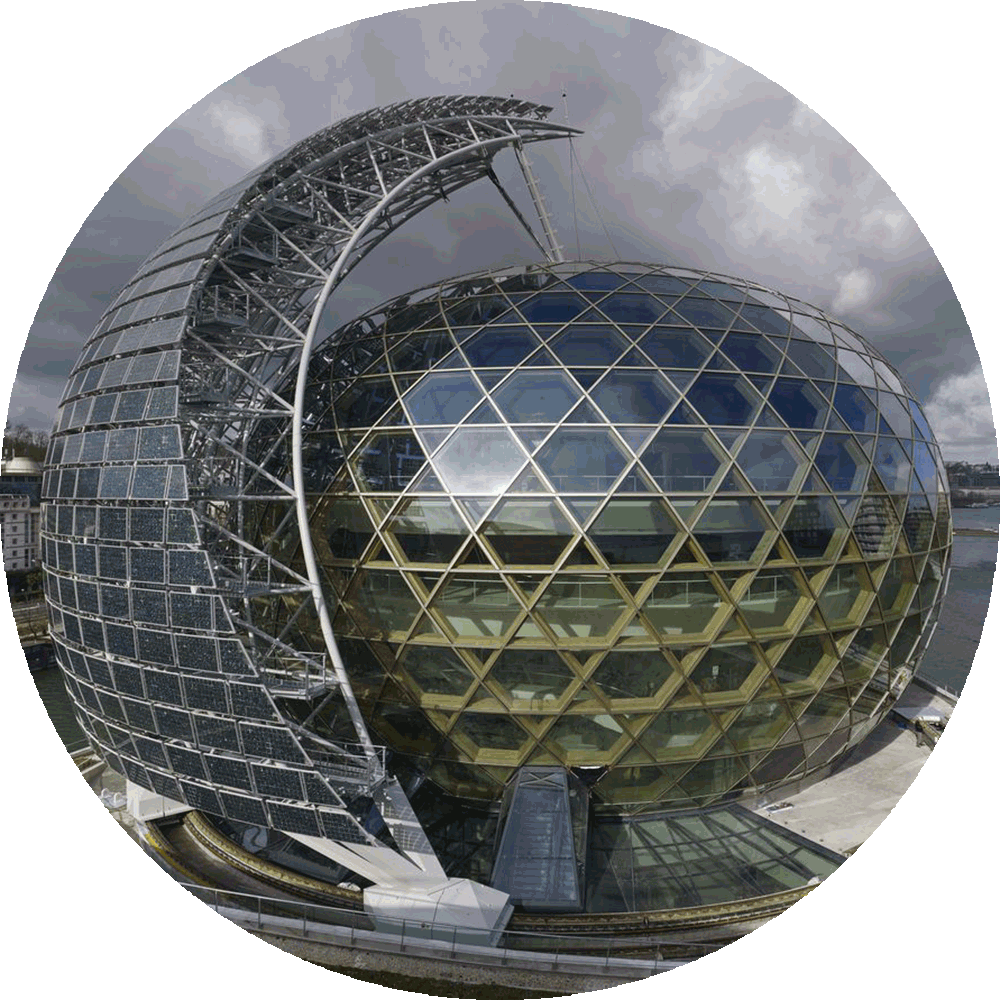
La Seine Musicale, Île Seguin, 92100 Boulogne-Billancourt, France.
La Seine Musicale is a music and performing arts center located on Île Seguin, an island in the Seine River between Boulogne-Billancourt and Sèvres, in the western suburbs of Paris. The project designed by Shigeru Ban and Jean de Gastines completes the facilities of the city to the Philharmonic located to the east and places Paris on the same level as the large facilities of European capitals.
Facilities include an ovoid-shaped elevated circular theater primarily for classical music, a larger concert hall that houses pop stars, rehearsal rooms for musicians, seminar rooms, a media center, restaurants, and a sprawling ceiling.
12. The Paris Longchamp racecourse by Dominique Perrault
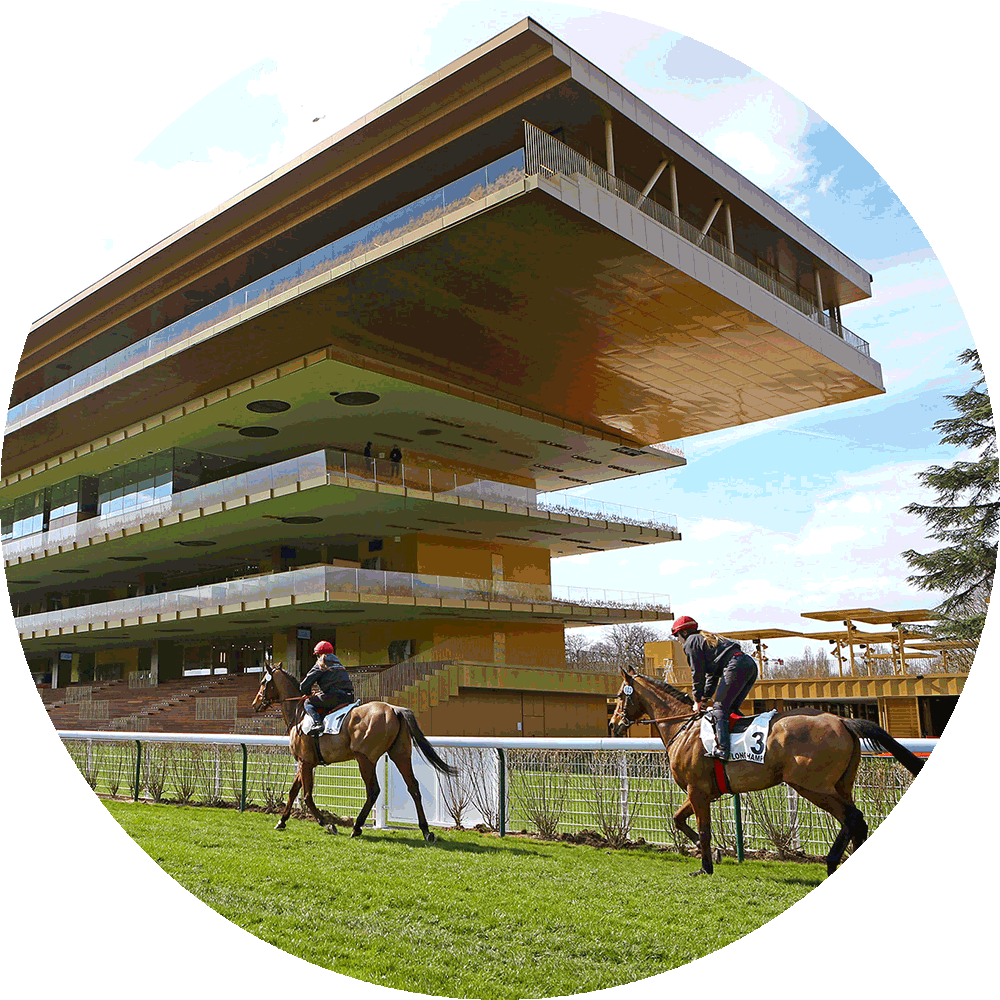
In September 2011, Dominique Perrault Architecture won the international competition to renovate the historic Longchamp racecourse in Bois de Boulogne, Paris. After a little more than two years of construction, the racecourse celebrated its inauguration on April 29, 2018.
The four-level structure comprises around 10,000 seats, a restaurant, a rooftop terrace, five reception rooms, five bars, a brasserie, and separate facilities for press and hospitality.
82 Rue de Villiers, 78300 Poissy, France.
The Villa Savoye by Le Corbusier is considered the paradigm of housing as ‘machine à habit, as well as the archetype of International Architecture and the new way of constructing residential buildings of the 20th century.
The house was inhabited by its owners for a short time. The building was completed in 1929, but after the German invasion of France in 1940, it was abandoned and subsequently bombed and burned during World War II.
In 1963 the Villa Savoye was declared an architectural heritage by the French government, and it was subsequently restored since it was in a state of ruin after neglect and the attacks suffered in the war.
14. Le Corbusier's studio apartment
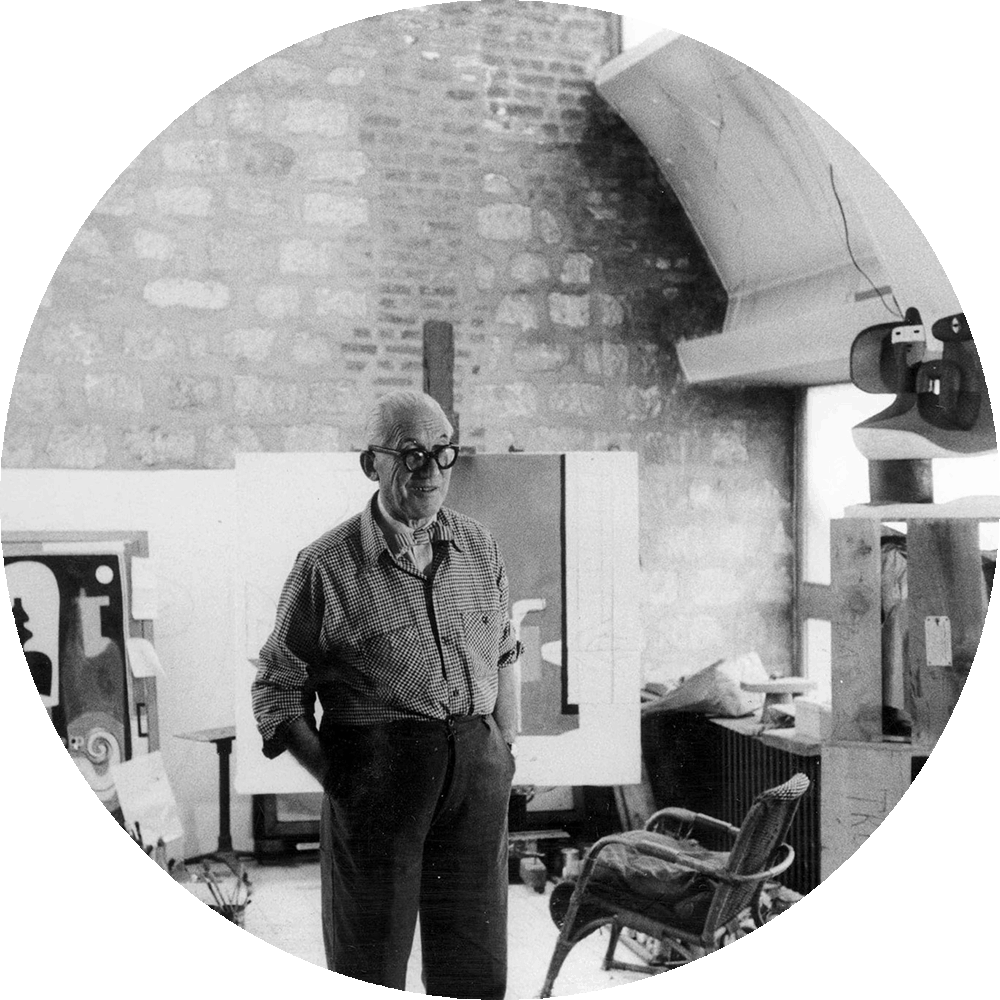
24 Rue Nungesser et Coli, 75016 Paris, France.
The apartment is located on rue Nungesser-et-Coli, in the 16th arrondissement of Paris, and was the home of Le Corbusier together with his wife Yvonne, the housekeeper and the pet dog Pinceau, between 1934 and 1965.
The apartment is characterized by its brightness and the fluidity of the space. This exceptional luminosity is due to the glazed walls on the two facades, with several openings that catch the daylight in the post office, as well as several skylights. The flexibility of the space is due to the pivoting walls that allow having a continuous space between the facades or, on the contrary, to close the workshop or stay.
15. The Villa dall'Ava by Rem Koolhaas
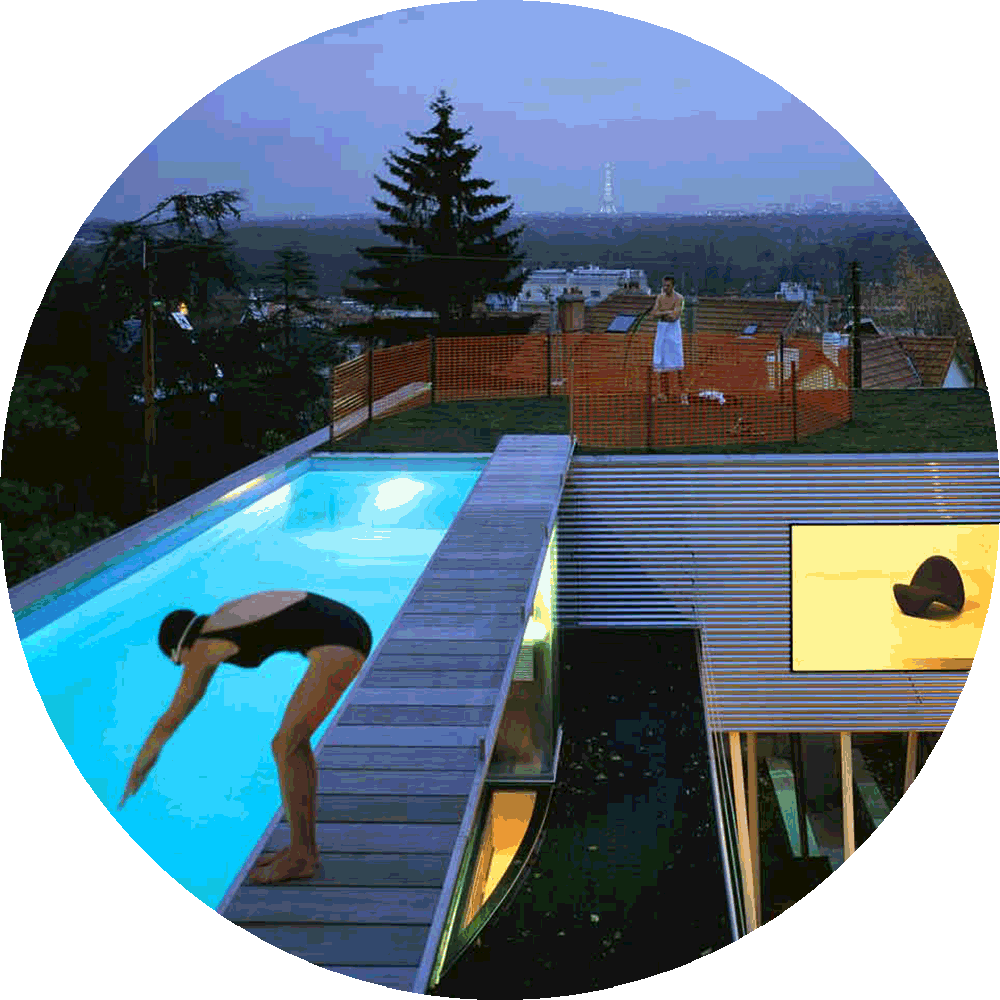
The house is developed in a bourgeois neighborhood, on a narrow and deep plot, on the side of a hill that gives it spectacular views of the city of Paris. This house was one of the first and also one of the best known of Rem Koolhaas.
Inside, the spatial segregation between public and private is strongly differentiated, welcoming public spaces on the ground floor while private spaces are located on the upper floor. The house has two differentiated apartments on the top floor, oriented towards the incredible views of the Parisian city. One of the most characteristic elements of the house is its swimming pool on the roof of the house.
The Paris Philharmonic is a 2,400-seat symphonic concert hall whose construction had been delayed for some twenty years, and which completes the Cité de la Musique. It is located in the Parc de la Villette in Paris in France.
The author of the project Jean Nouvel, together with expert scenography collaborators, designed the new building that completed the architectural space of Parc de la Villette. The shape of the complex resembles an aluminum-covered hill cut horizontally with a vertical fin to play with the lines of existing perspectives.
The National Library of France had several locations throughout its history. In 1988, François Mitterrand, at the time President of the Republic, announced the creation of a new headquarters for the National Library. The chosen location is in the new Tolbiac district, in the XIII arrondissement of Paris, on one of the banks of the River Seine, then an abandoned piece of land proposed to help the urban renewal of the city.
Dominique Perrault's architectural project is daring. Symbolizing open books, they are four 80-meter-high, 22-story glass and steel skyscrapers, in the shape of an «L». The buildings are grouped around an open square in the center, which is a 12,000 m² garden closed to the public.
Located in the 19th district of Paris, it is perhaps one of the most different in the city. The French Communist Party Headquarters is the work of the Brazilian architect Oscar Niemeyer. This architectural gem began to be projected after Niemeyer went into exile from the military coup in his home country in 1964. The building was inaugurated in 1971 and was a striking futuristic command center at the time.
The intention of the buildings is based on letting it "breathe" with the city and not breaking the place. This materializes in the occupation of the land below ground level, generating underground spaces that reappear on the esplanade.
67-69 Avenue Pierre Mendès-France, 75013 Paris, France.
The new Le Monde Group headquarters has been built by the Snøhetta studio. This new building will accommodate 1,600 employees gathering them under one roof in a generously arched building at 67-69 Avenue Pierre-Mendès-France in the 13th district of Paris.
With its new square as a public access area and its semi-transparent outer skin, the Snøhetta building creates connections with the surrounding traffic while offering citizens and passersby a generous public rest area in the city.
73 Avenue des Gobelins, 75013 Paris, France.
The new headquarters of the Jérôme Seydoux-Pathé Foundation, by Renzo Piano Building Workshop, appears as an unexpected presence, a curved volume that can be glimpsed floating in the middle of a courtyard, anchored only in a few supports.
The peculiar design of the building is determined by the conditions of the place. While maintaining distance from adjoining buildings, the new building improves neighbors' access to daylight and air, reducing the building's ecological footprint, while also creating space for a backyard garden.


